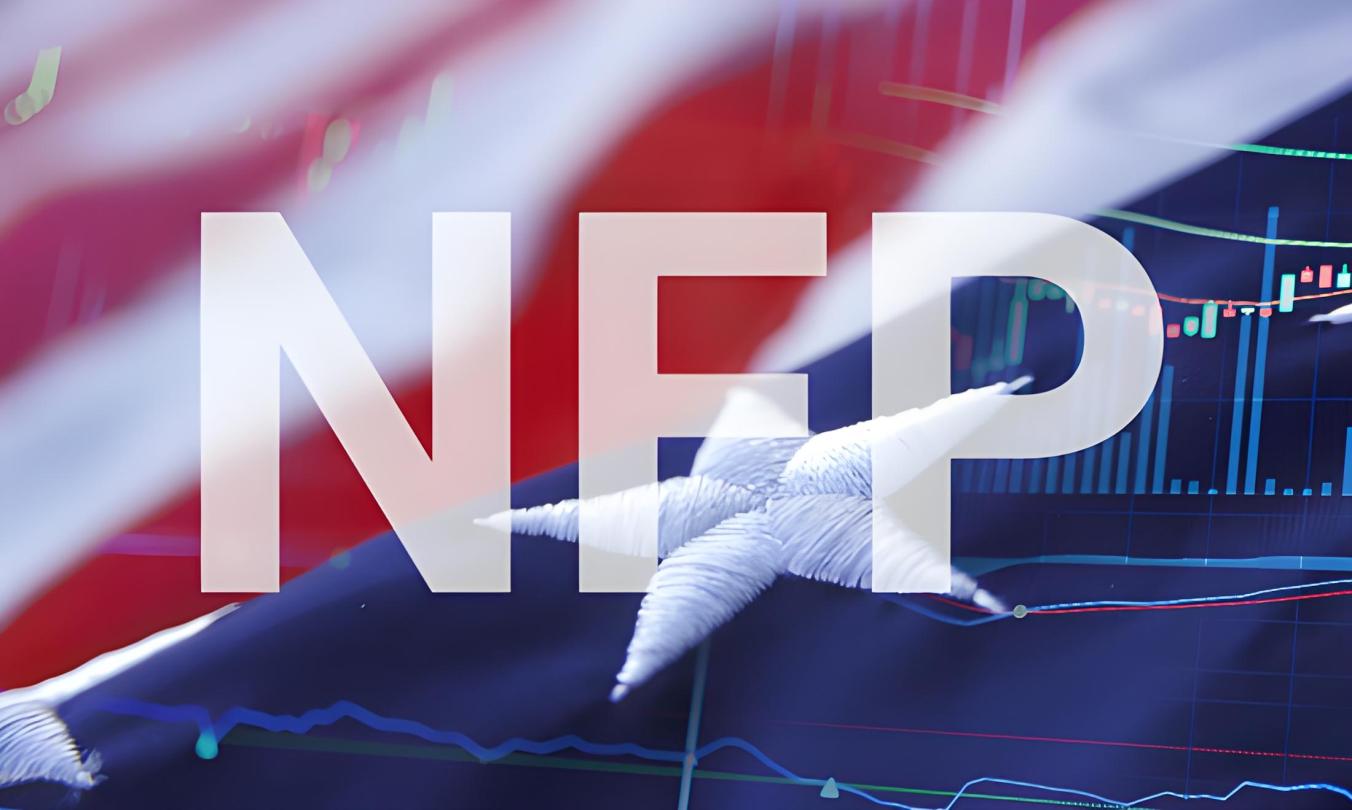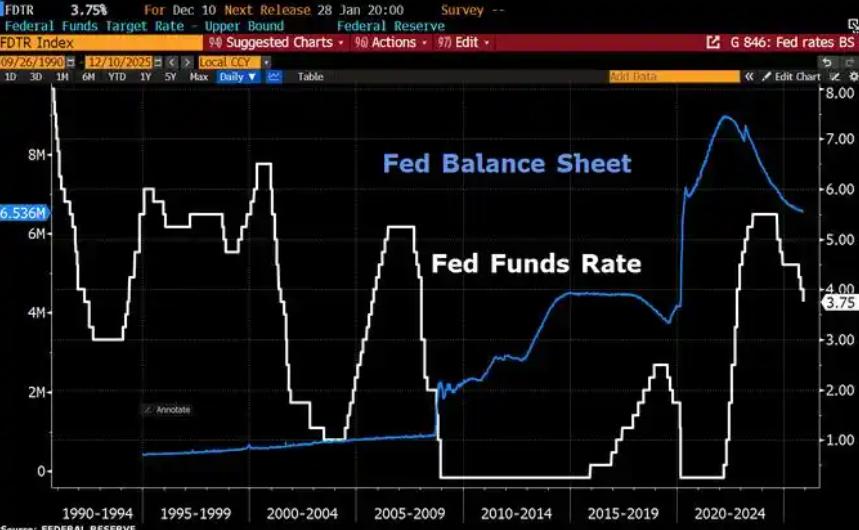
Recently, the U.S. Department of Labor released the May nonfarm payrolls report. The data reveals a complex situation in the U.S. job market, with nonfarm payrolls slightly exceeding expectations, the unemployment rate remaining stable, and wage growth showing signs of slowing down. These figures serve as crucial considerations for the Federal Reserve's June monetary policy meeting, attracting widespread attention from the market.
The report shows that the U.S. added 235,000 nonfarm payrolls in May, surpassing the market's prior expectation of 220,000, indicating that employment growth still maintains certain momentum. Although it has moderated compared to some of the stronger figures in previous months, it is still higher than market expectations, suggesting that the U.S. economy continues to create jobs across multiple sectors. The new jobs are widely distributed across industries, with healthcare, government, and leisure and hospitality being the main drivers of employment growth. Driven by sustained demand, the healthcare industry added a large number of jobs, reflecting the stability and expansion trend of the industry. The increase in government jobs is related to the advancement of public projects and policy support. The leisure and hospitality industry, spurred by the recovery of consumer spending, also absorbed a significant amount of labor, demonstrating the positive impact of the consumer market on employment.
In terms of the unemployment rate, it remained at 3.7% in May, unchanged from the previous figure, and is at a relatively low level in history. This stable unemployment rate further highlights the resilience of the U.S. job market. Despite challenges such as the uncertainty of the global trade environment and the cyclical adjustments in some industries, the job market still maintains a relatively stable capacity to absorb labor, ensuring the balance between supply and demand in the labor market. Relevant indicators such as the labor force participation rate have not fluctuated significantly, reflecting the overall stability of the labor market structure from another perspective.
Wage growth has always been a focal point of market attention, as it is related to consumer purchasing power and inflation expectations. In May, average hourly earnings increased by 0.3% month-on-month and 4.2% year-on-year, with the year-on-year wage growth rate slowing down compared to the previous period. This data indicates that although there is some competition for labor in the job market, the pressure on wage increases is gradually easing. On the one hand, during the recruitment process, the pressure on rising labor costs faced by enterprises has been reduced, which is conducive to enterprises controlling operating costs and stabilizing operating profits. On the other hand, the slowdown in wage growth is crucial for inflation expectations. If wages and prices form a spiral upward trend, it will increase the difficulty of inflation control. The current moderation in wage growth helps to ease some of the pressure on the Federal Reserve in inflation management.
Economists and market analysts generally believe that the May nonfarm payrolls report will provide important references for the Federal Reserve's June monetary policy meeting. When formulating monetary policies, the Federal Reserve takes the job market and inflation data as two core considerations. Currently, the resilience of the job market supports economic growth and reduces the risk of the economy falling into recession. The slowdown in wage growth and relatively stable inflation expectations (previous inflation data are also within an acceptable range) give the Federal Reserve more room for policy maneuvers. The market expects that the Federal Reserve may keep the current interest rate unchanged at the June meeting and continue to monitor subsequent economic data, assessing the dynamic balance among economic growth, the job market, and inflation to determine the future direction of monetary policy. In the following period, investors and market participants will closely follow the speeches of Federal Reserve officials and the release of more economic data to grasp the latest trends in the U.S. economy and monetary policies.

Since 2022, the Fed has cumulatively reduced its balance sheet by $2.4 trillion through quantitative tightening (QT) policies, leading to a near depletion of liquidity in the financial system.
Since 2022, the Fed has cumulatively reduced its balance sh…
On December 11 local time, the White House once again spoke…
Fiji recently launched its first green finance classificati…
Recently, the European Commission fined Musk's X platform (…
At the end of 2025, the situation in the Caribbean suddenly…
The U.S. AI industry in 2025 is witnessing a feverish feast…